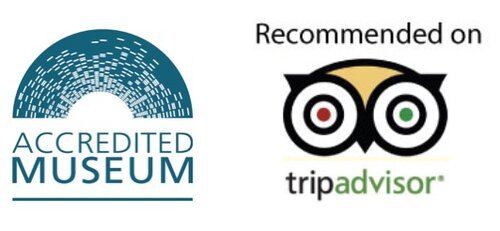Happy Tartan Day to all of our friends, colleagues and followers! Instead of bringing out some tartan and bagpipe music, examples of which we do have in our collection (with fascinating stories attached!), I am taking you to Pittsburgh, USA to find out what traces of Andrew Carnegie’s life and legacy are still to be found there.
I was given the wonderful opportunity to visit Pittsburgh in November last year. In addition to spending time in their archives and giving a lecture about Andrew Carnegie at the Carnegie Museum of Art, I was guided around different neighbourhoods in the city, each with fascinating Carnegie connections.
My first stop was the main Carnegie library, in the Oakland neighbourhood. Opened in 1895, the library has gone through many changes over the years but take a closer look and many of its original features, such as Carnegie steel beams which were used to build it, can still be seen. What inspired me the most about my visit to the library is how broad their approach to learning and acquiring knowledge is. The library offers a wide variety of free alternative lending services. For example, one can borrow musical instruments and equipment - perfect for those who are setting up a new band or for parents who cannot afford to buy musical instruments for their children’s classes. Considering how much Andrew Carnegie appreciated music, I think he would be delighted with this service!
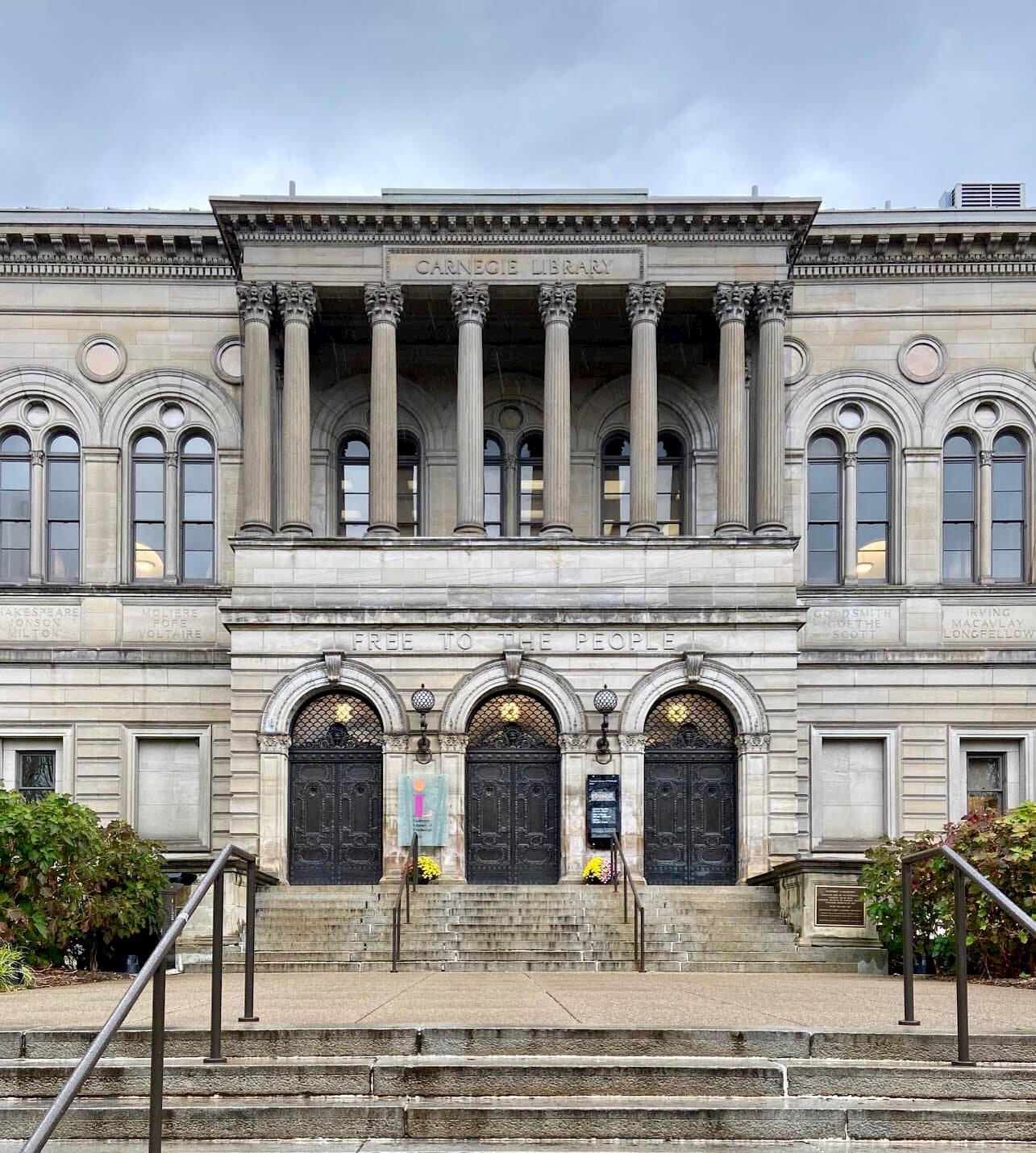
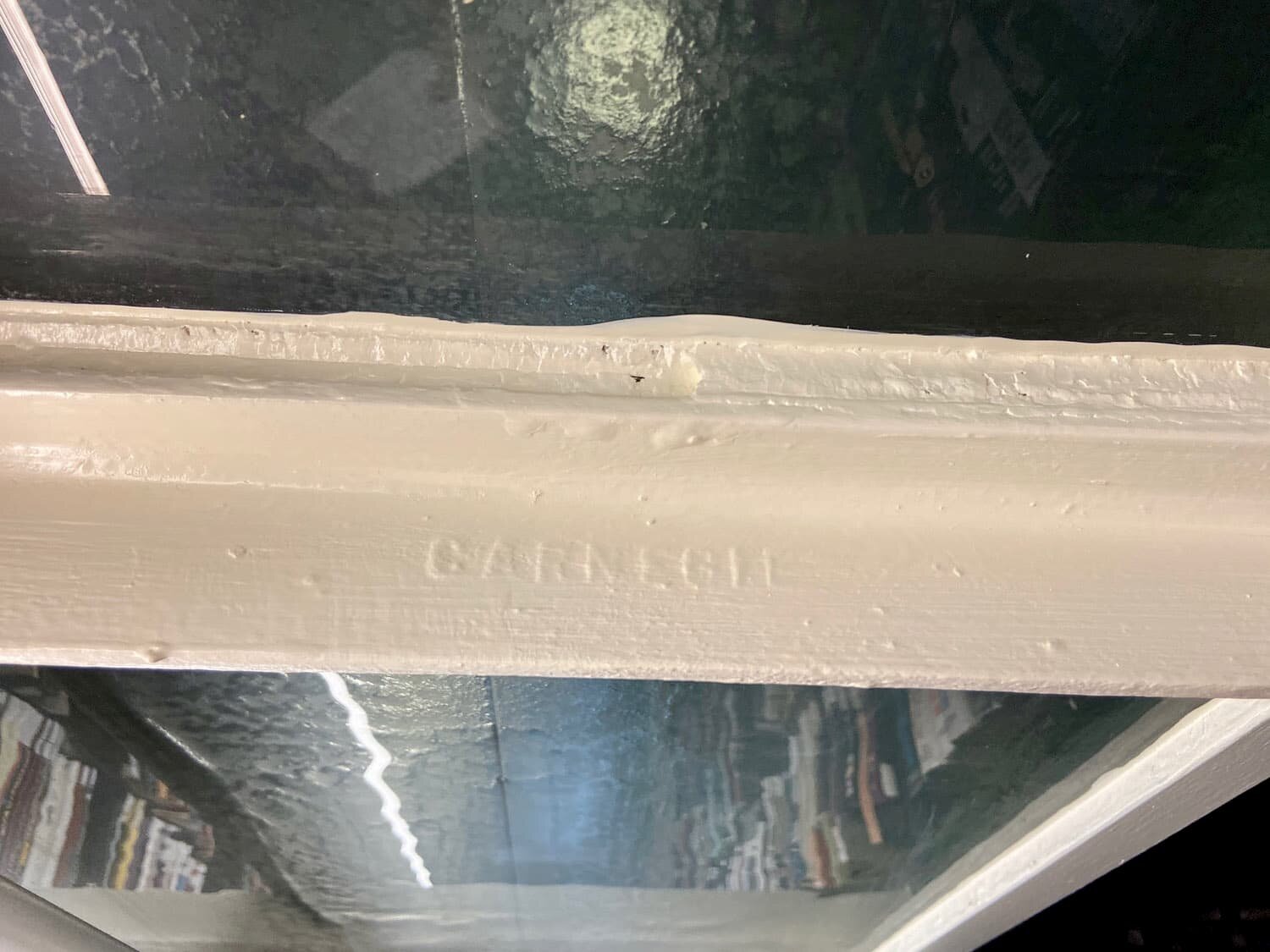
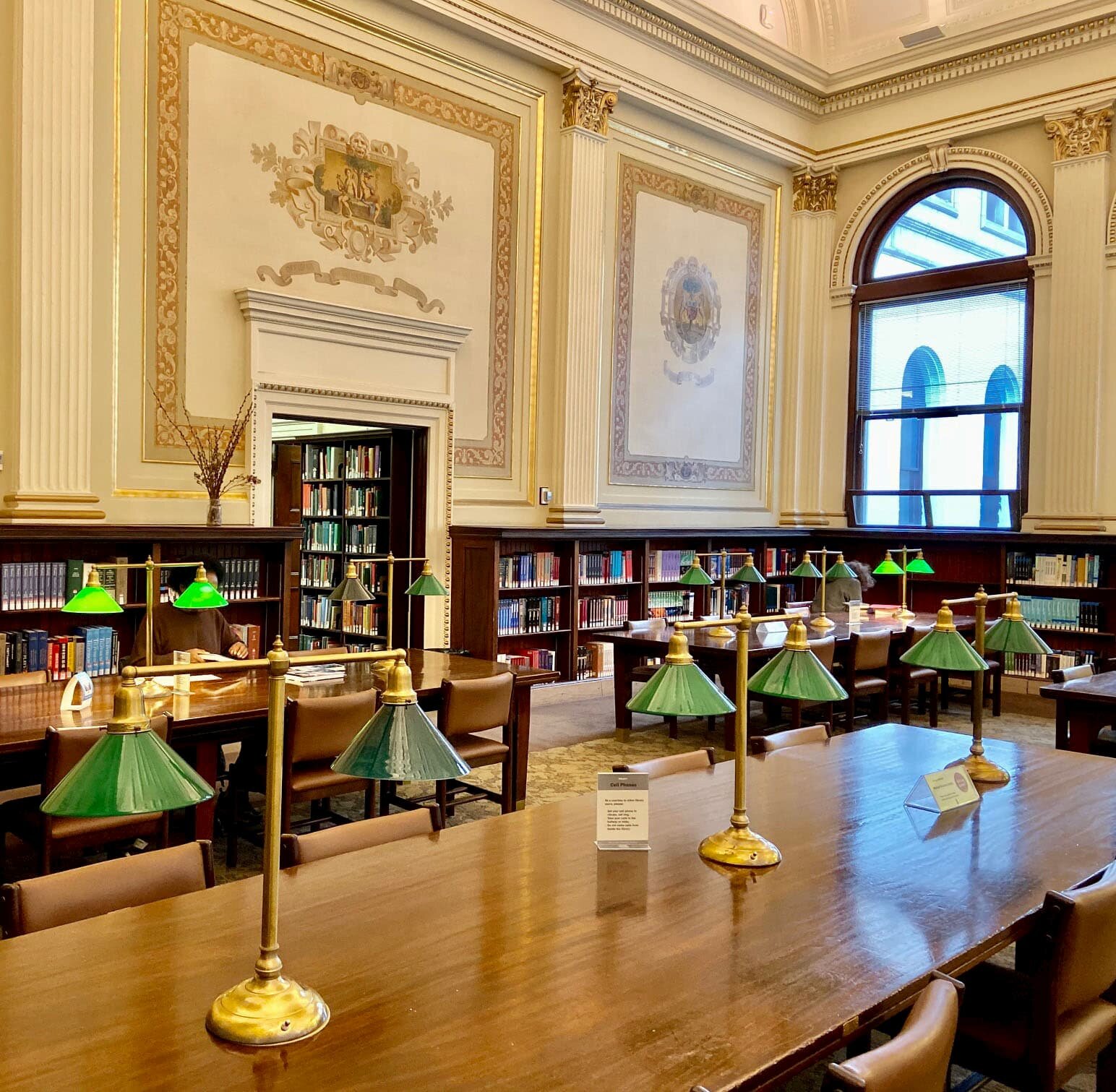
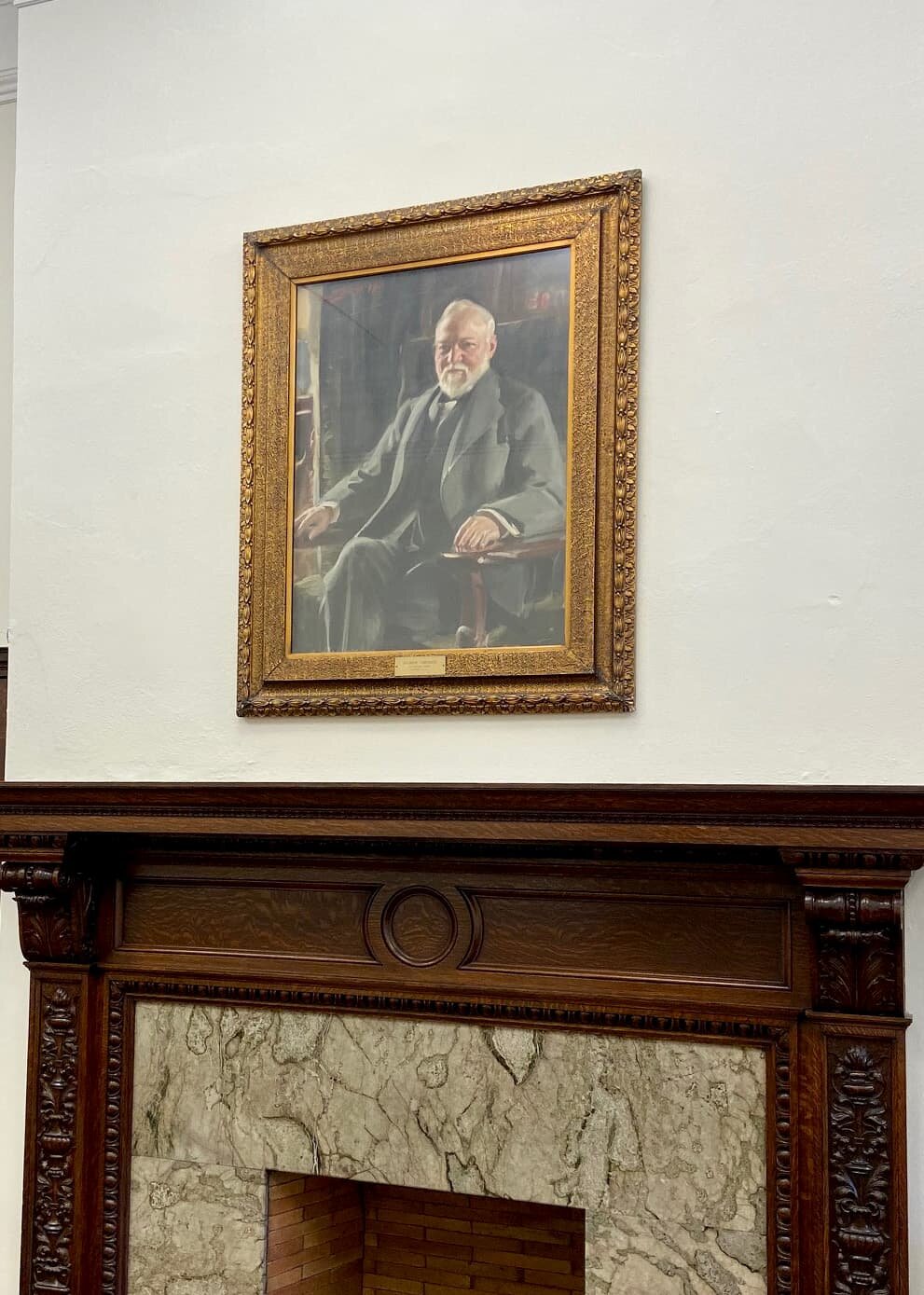

While the library in Oakland has been modernised, the library in Braddock (the first Carnegie library to open in the USA) remains a time capsule. Most of its original furniture, fittings and fixtures (the gym, staircases, music hall and swimming pool) are still there. Sadly, due to limited funds (this library is mainly funded by public donations), some of the aforementioned areas are no longer in public use because of health and safety risks. Despite the crumbling interiors, this library is filled with some of the most creative and passionate people I have ever met! I loved hearing about their public programme and free services which include an art lending collection and a social gathering lending collection (one can borrow folding chairs and even a marquee!). The library also offers help with designing and printing advertising material for local businesses. In spite of its tiny budget, the Braddock Library does amazing work brightening up a community which has gone through some very hard times since the downsizing of the steel industry in the 1980s.
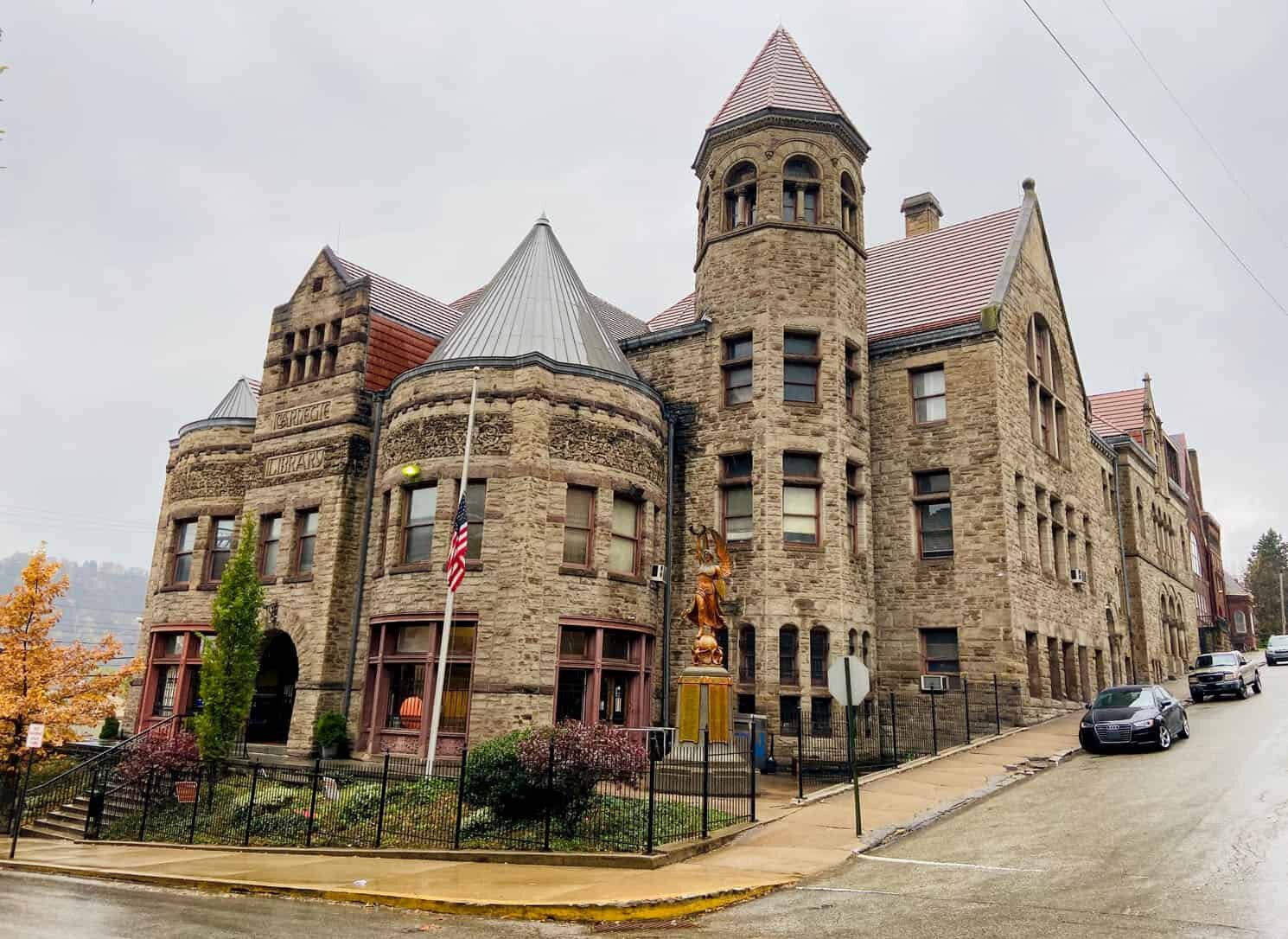
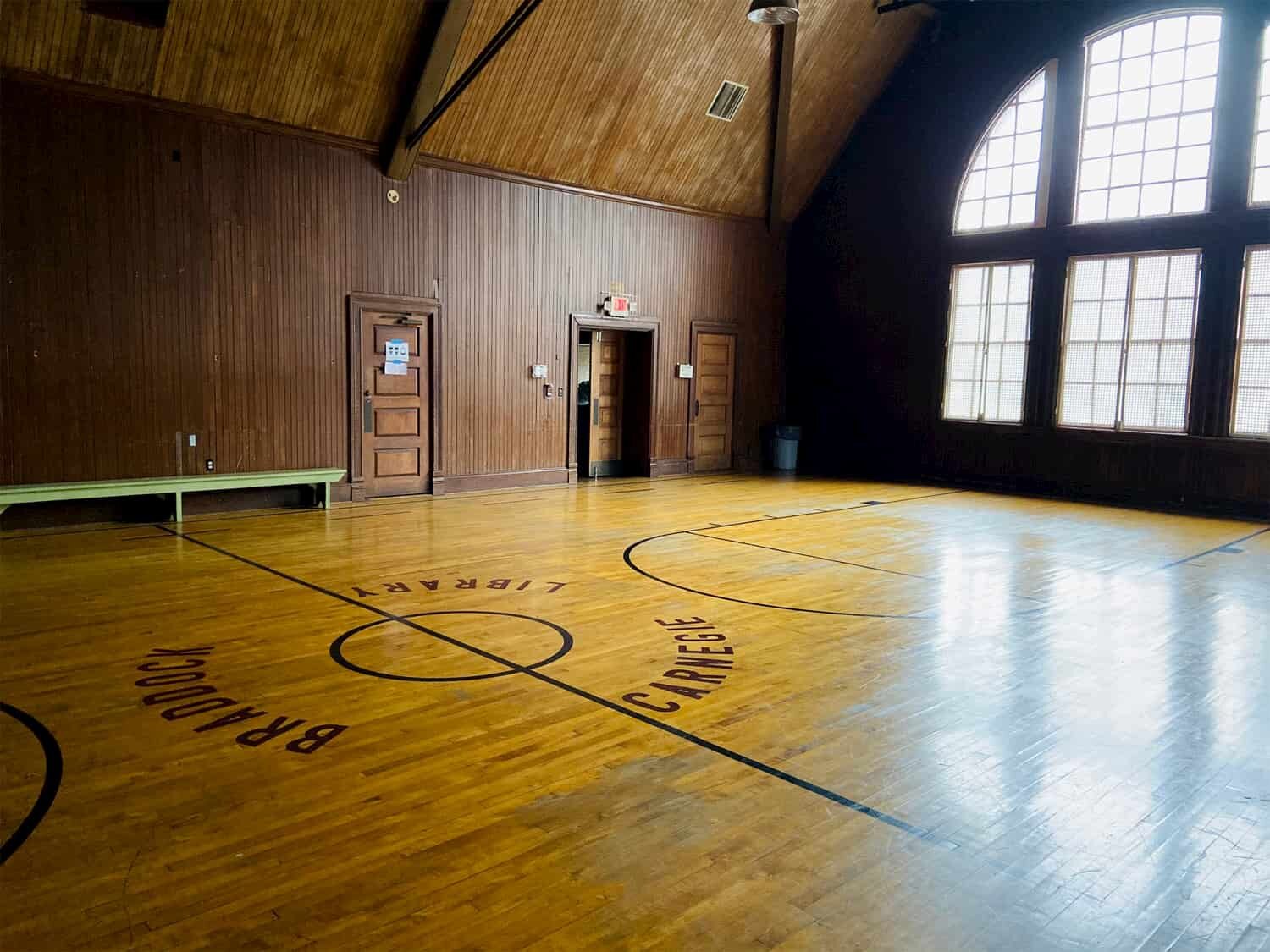
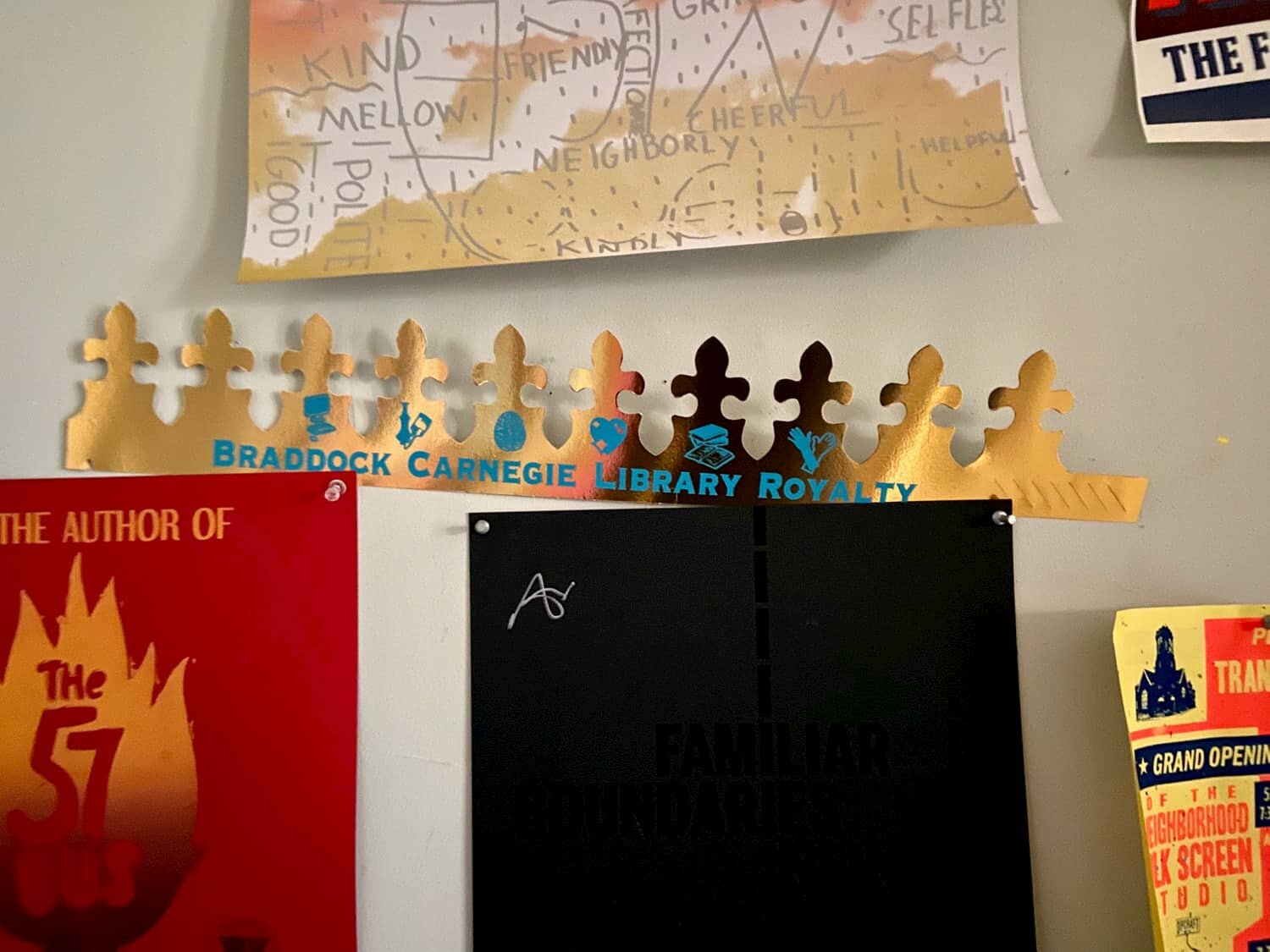
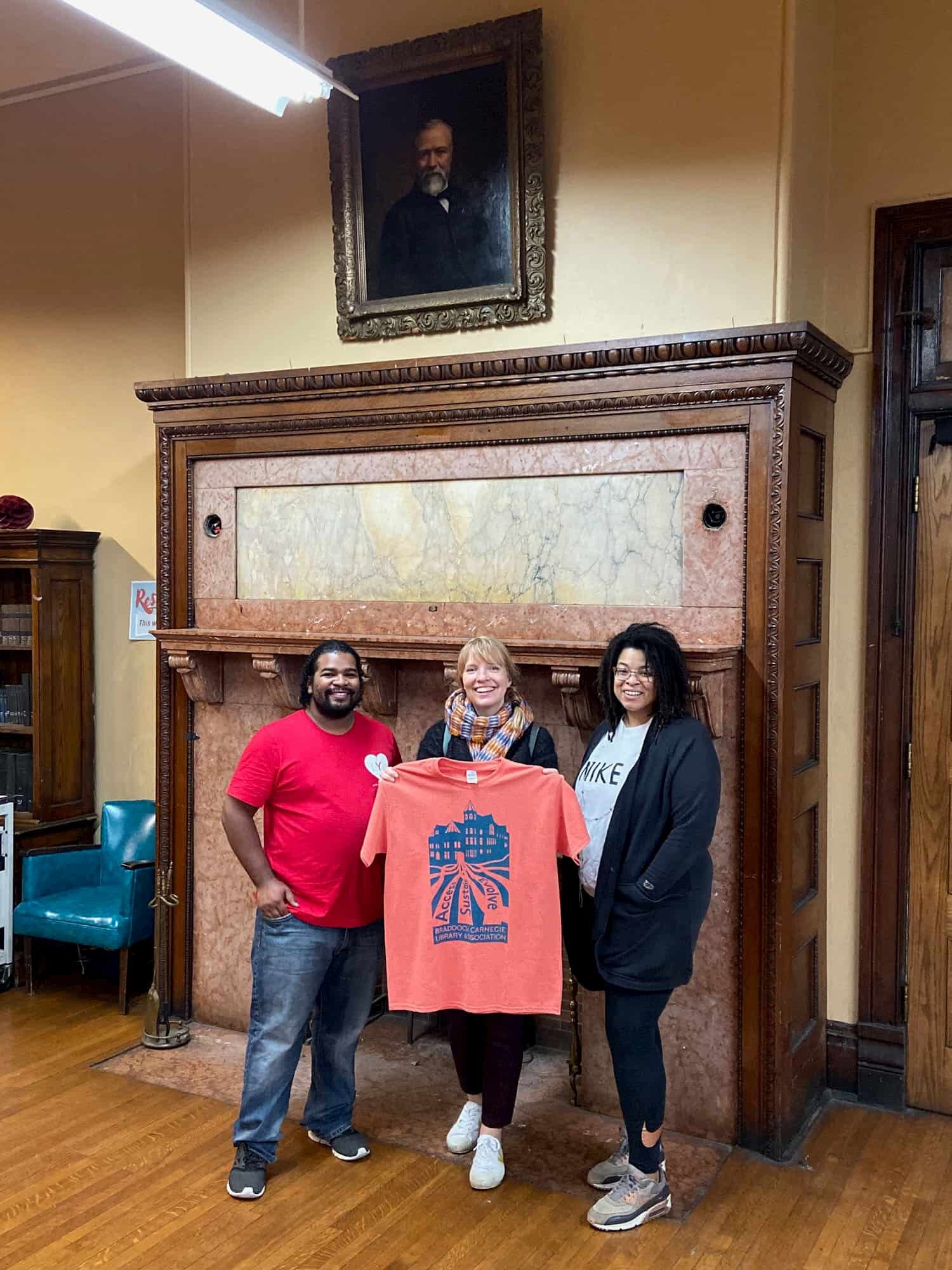

During my stay, I also had the opportunity to visit some of the first buildings on the Carnegie Mellon University (originally Carnegie Technical Schools) campus. The building that really stood out for me is the College of Fine Arts. Every surface of it - from the facade, to ceiling, walls and floors - was designed to be used as a teaching resource. For example, plans of famous architectural landmarks from around the world are inlaid in its hallway floor, and the sculptural niches on the building’s façade represent different decorative styles. What surprised me the most about the original campus is that it did not have a library building until 1961! As the university was located so close to the main Carnegie library in Oakland, Andrew Carnegie decided not to give it its own library building.
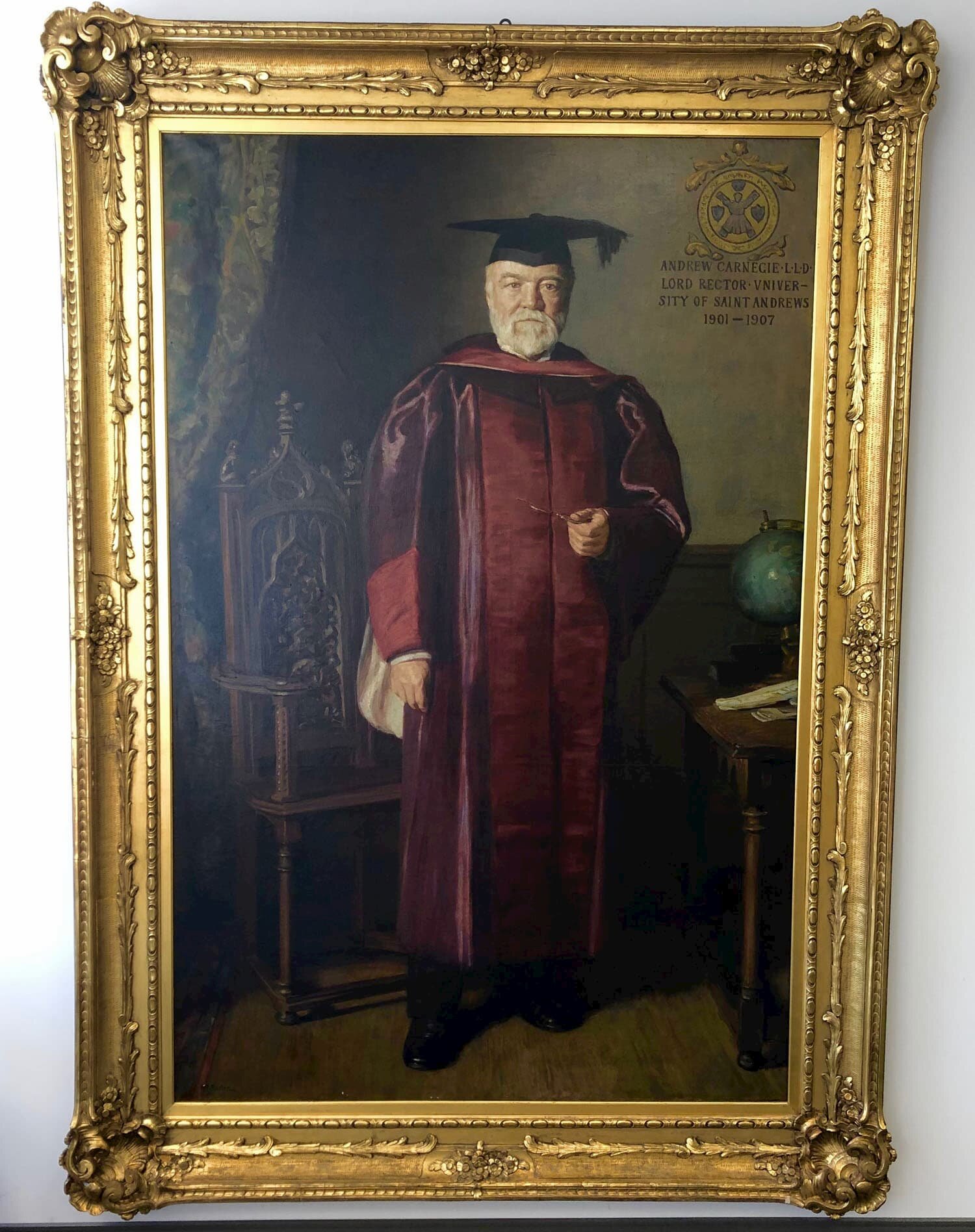
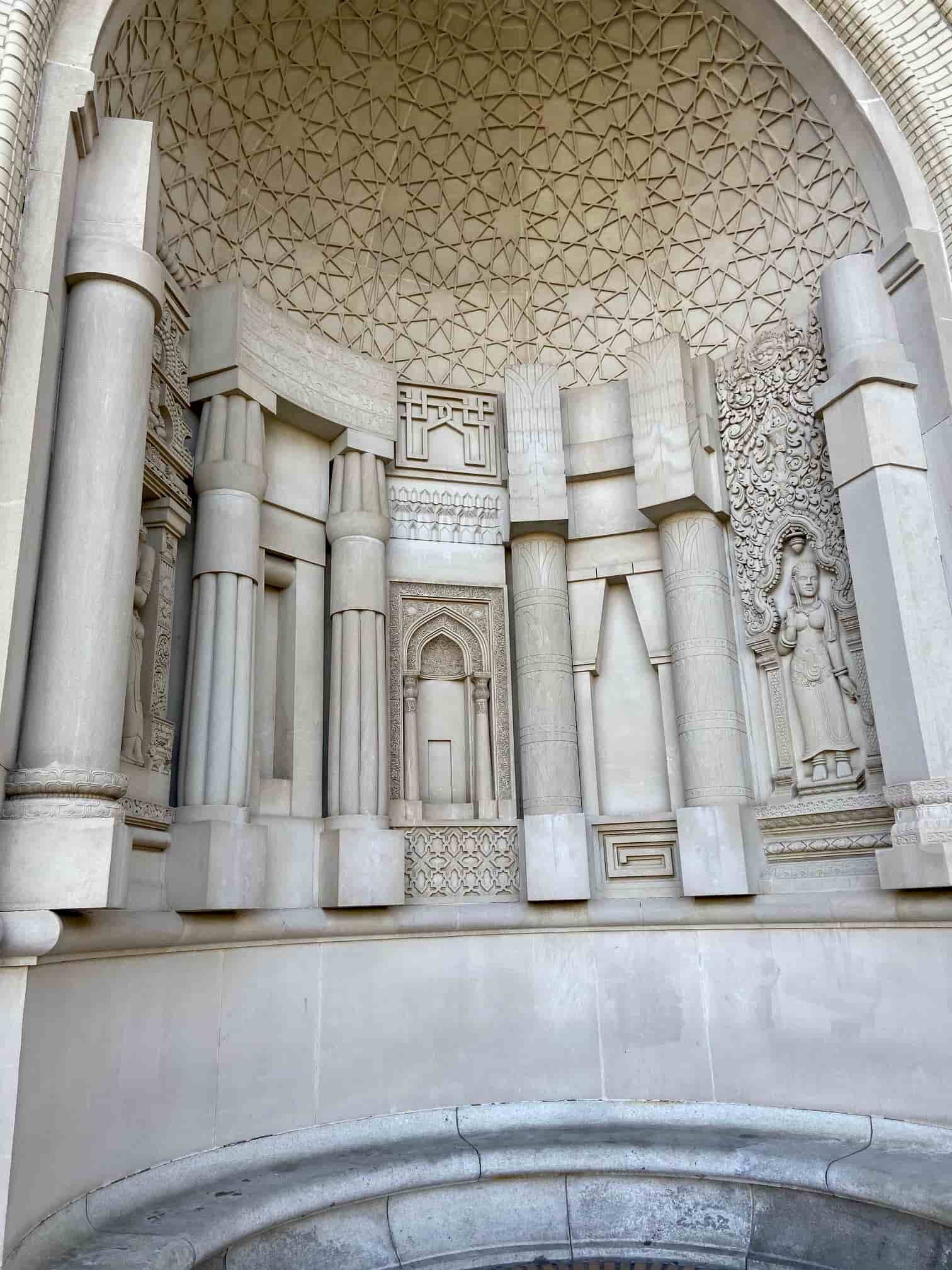
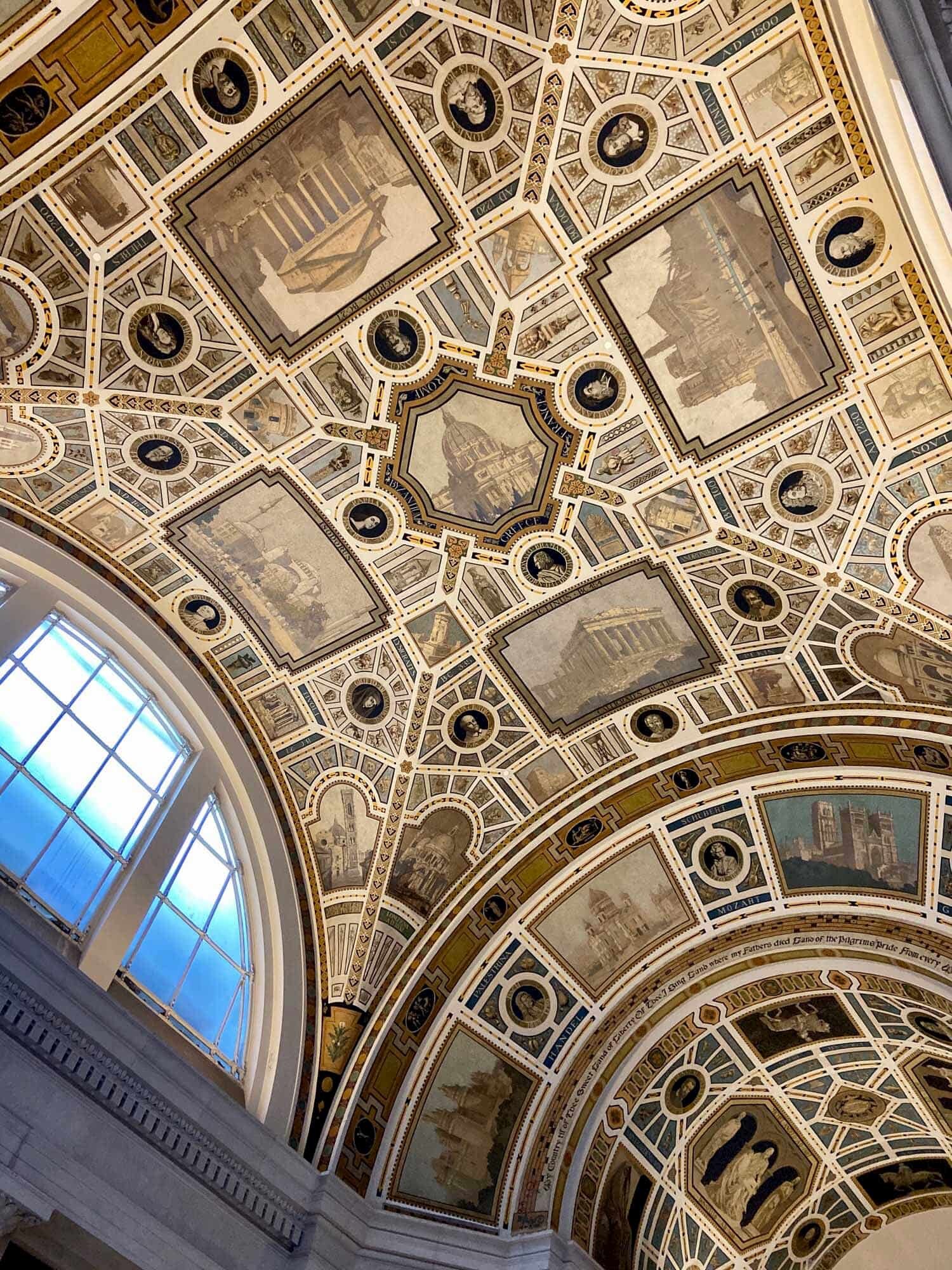
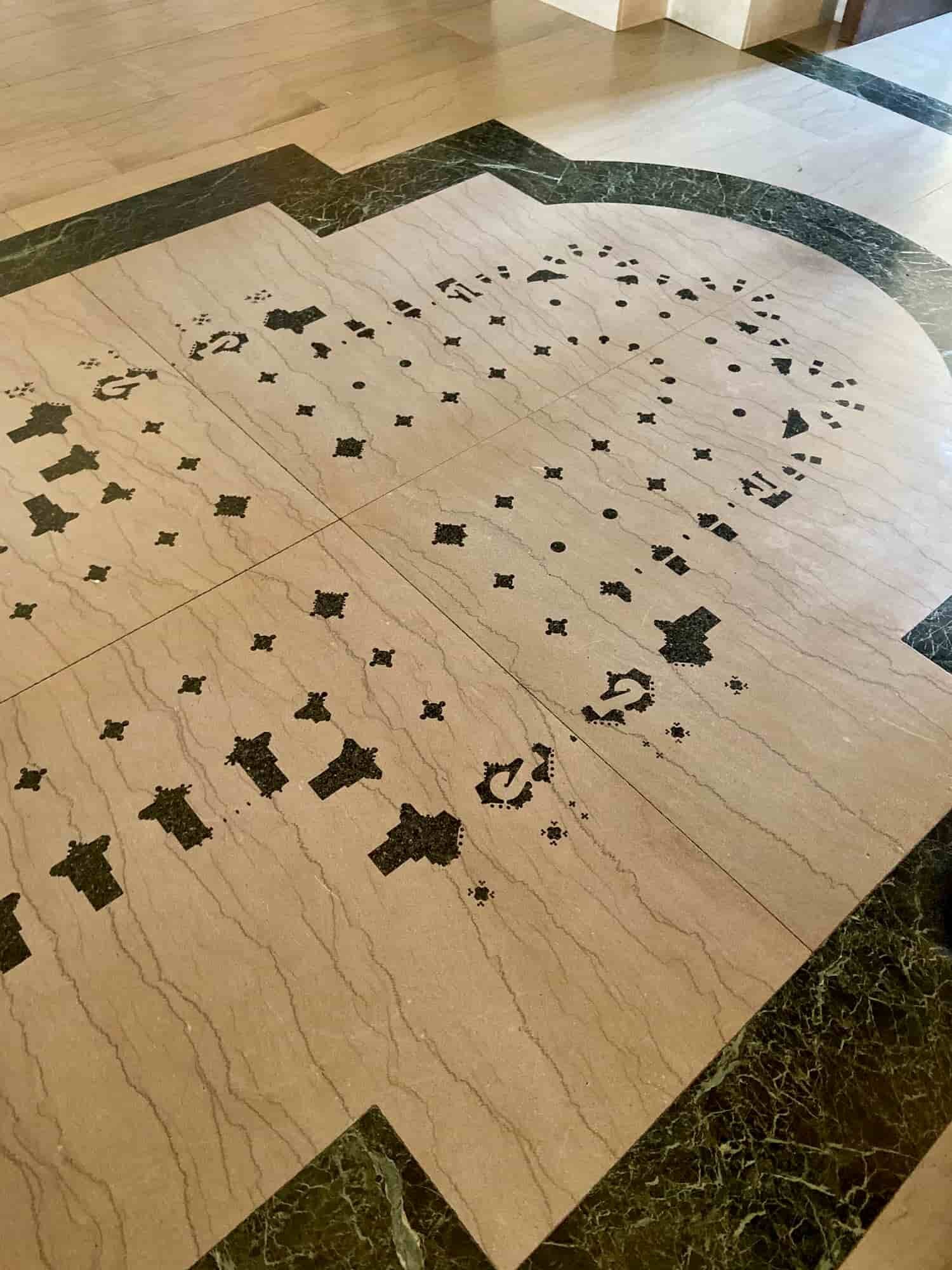
No visit to Pittsburgh is complete without going to the Carnegie museums of art and natural history, located right next to the main library in Oakland. Andrew Carnegie set up the museums with the aim of bringing the world to the people of Pittsburgh. The museums house a wide range of objects - their collections of fossils, gems and and contemporary art are some of the finest in the world. The most famous exhibit in the natural history museum is, of course, the original Dippy the dinosaur! However, it is not only what is in the museum but who the museum is for that is important. Andrew Carnegie wanted its institution to be open to all and this is something they still adhere to. I had wonderful conversations with their team about how to make the museum displays accessible to visitors with additional support needs (a process that our own small museum here in Dunfermline is gradually going through).
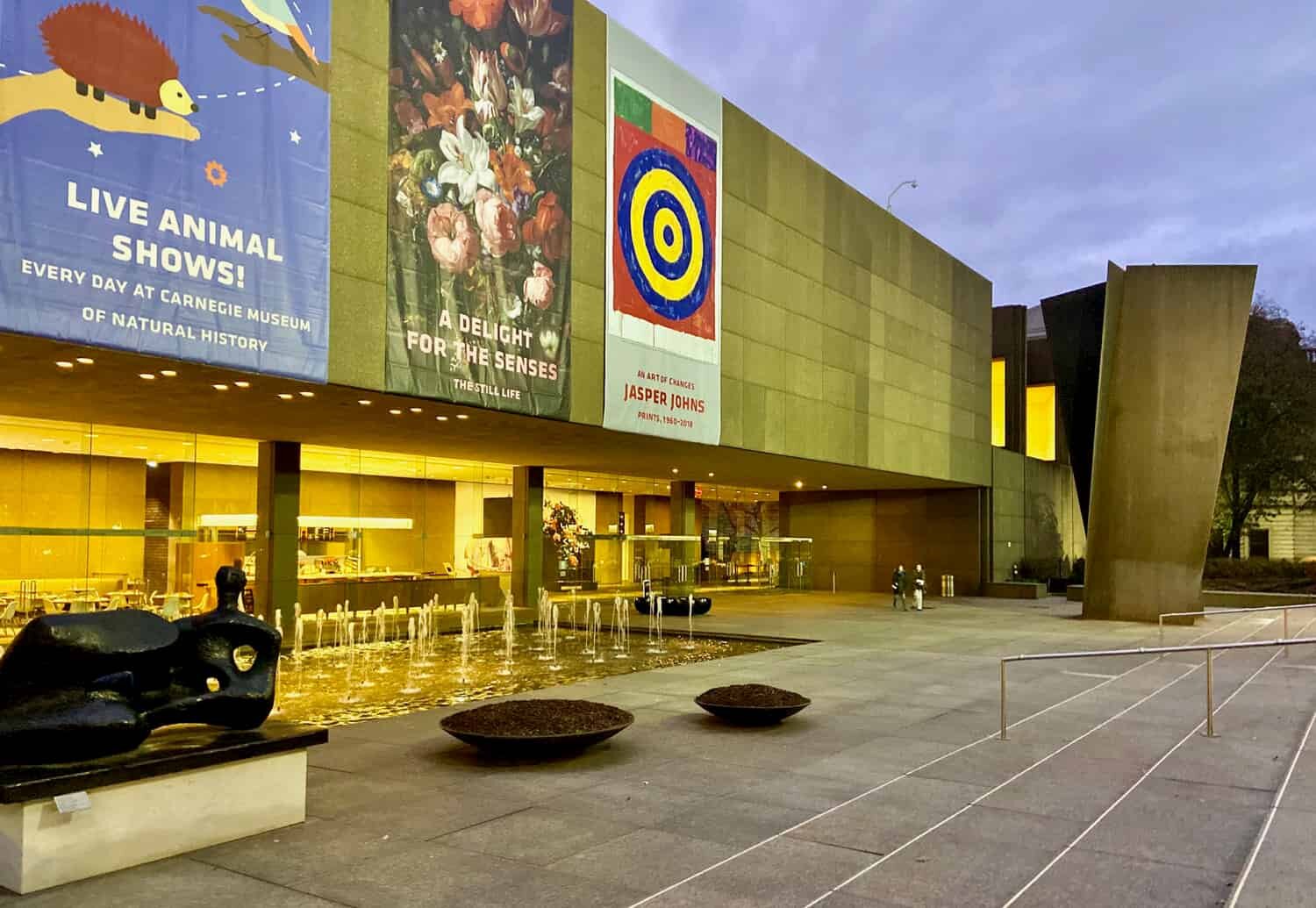
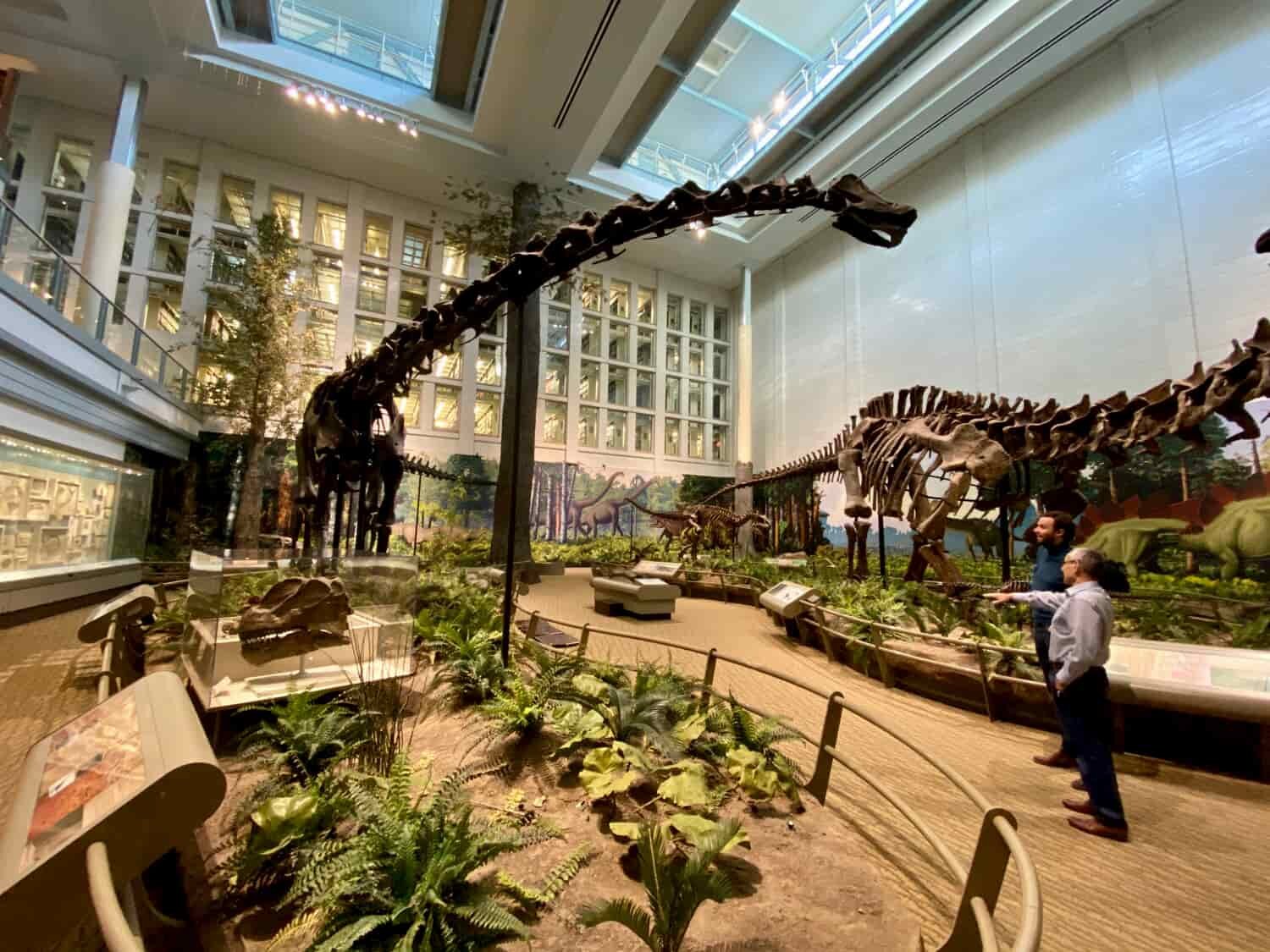
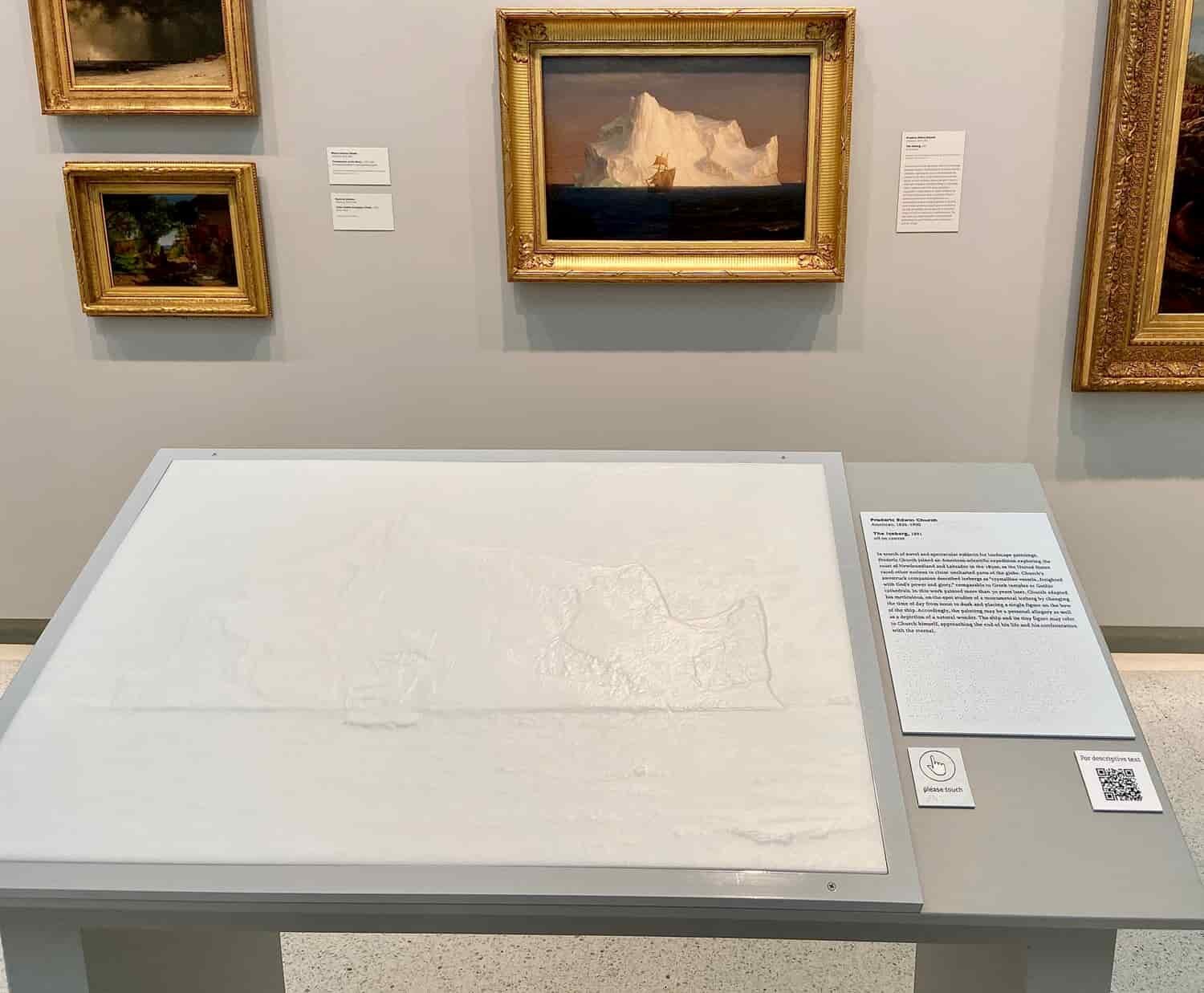
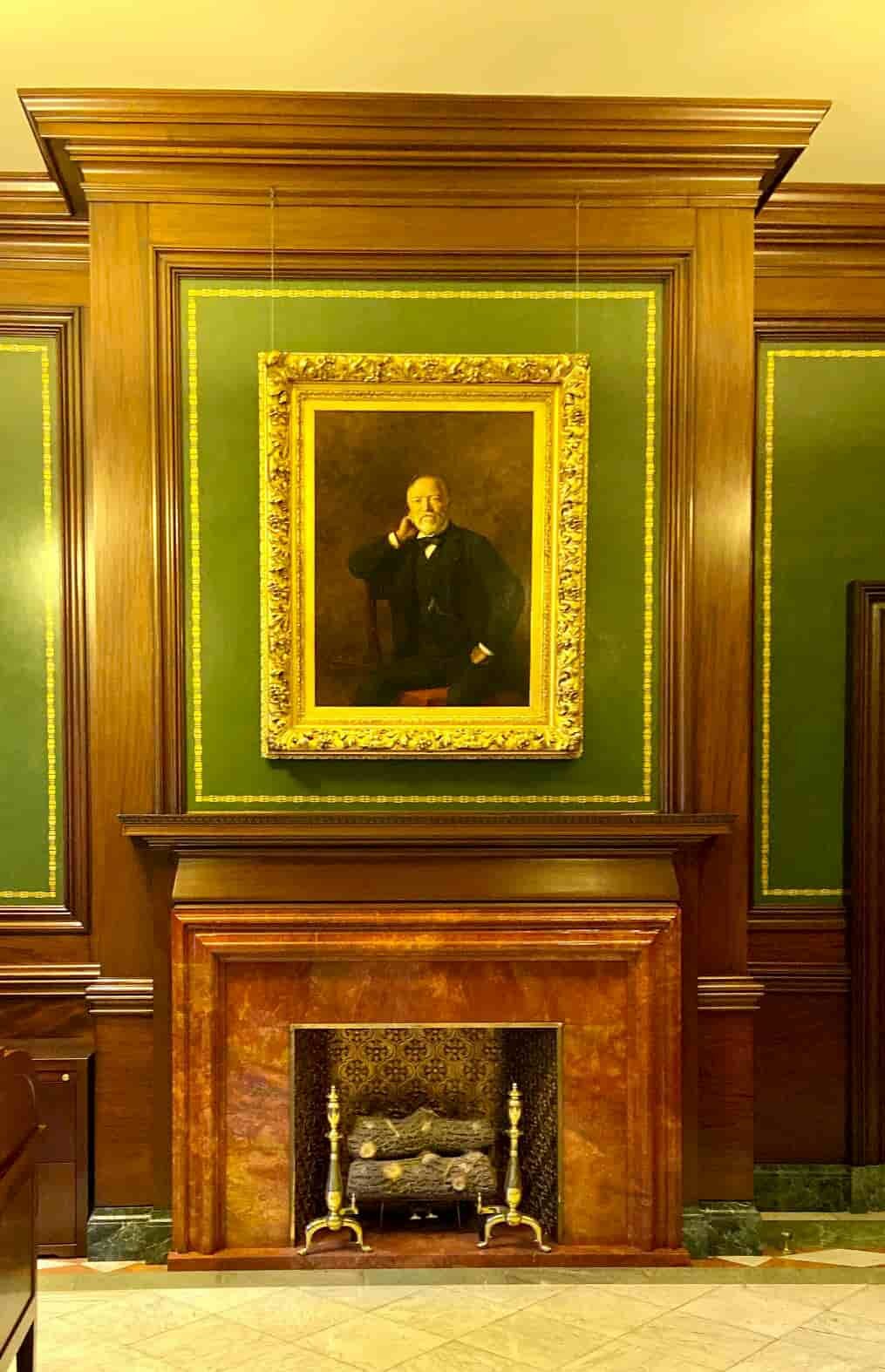
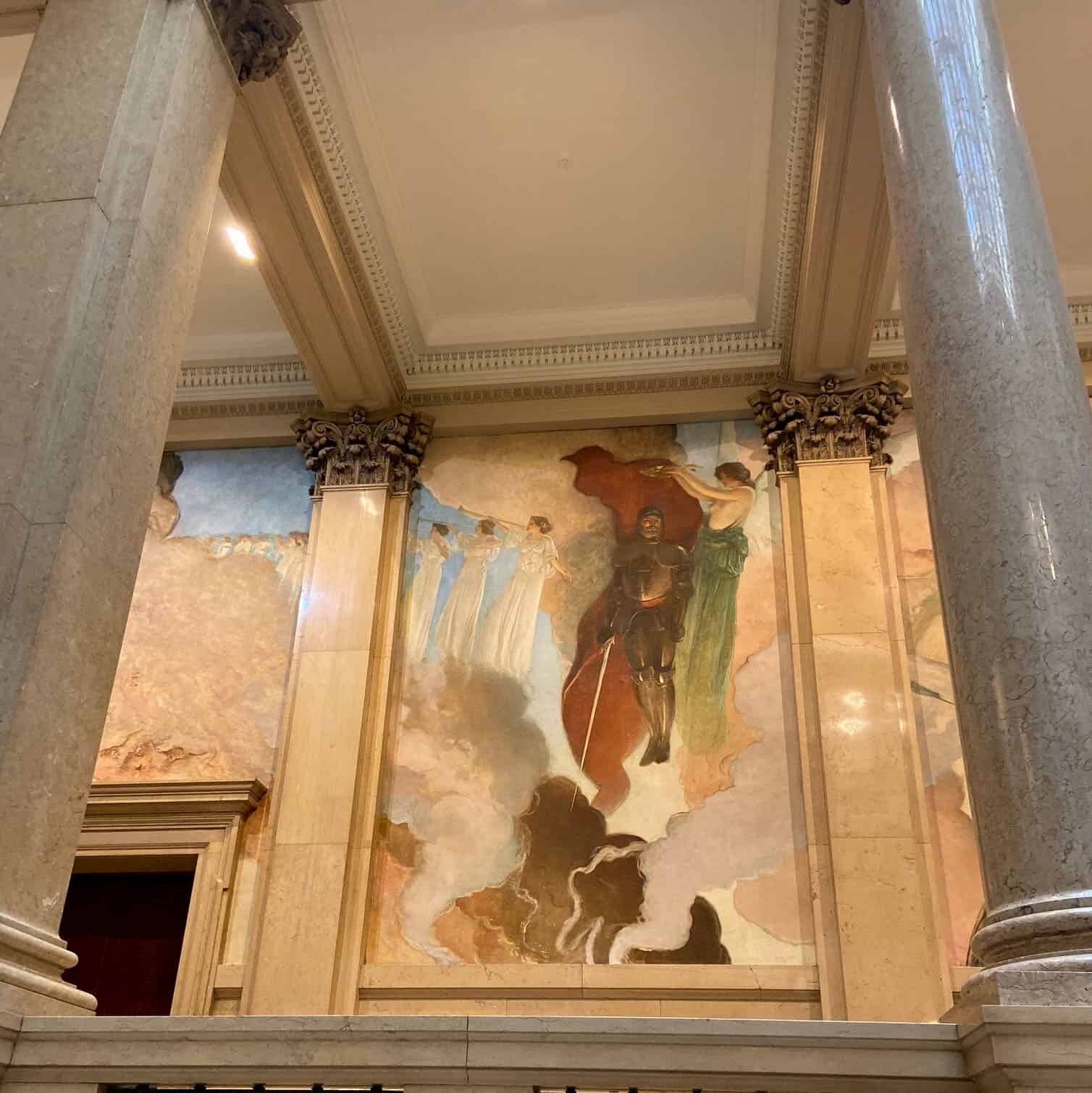
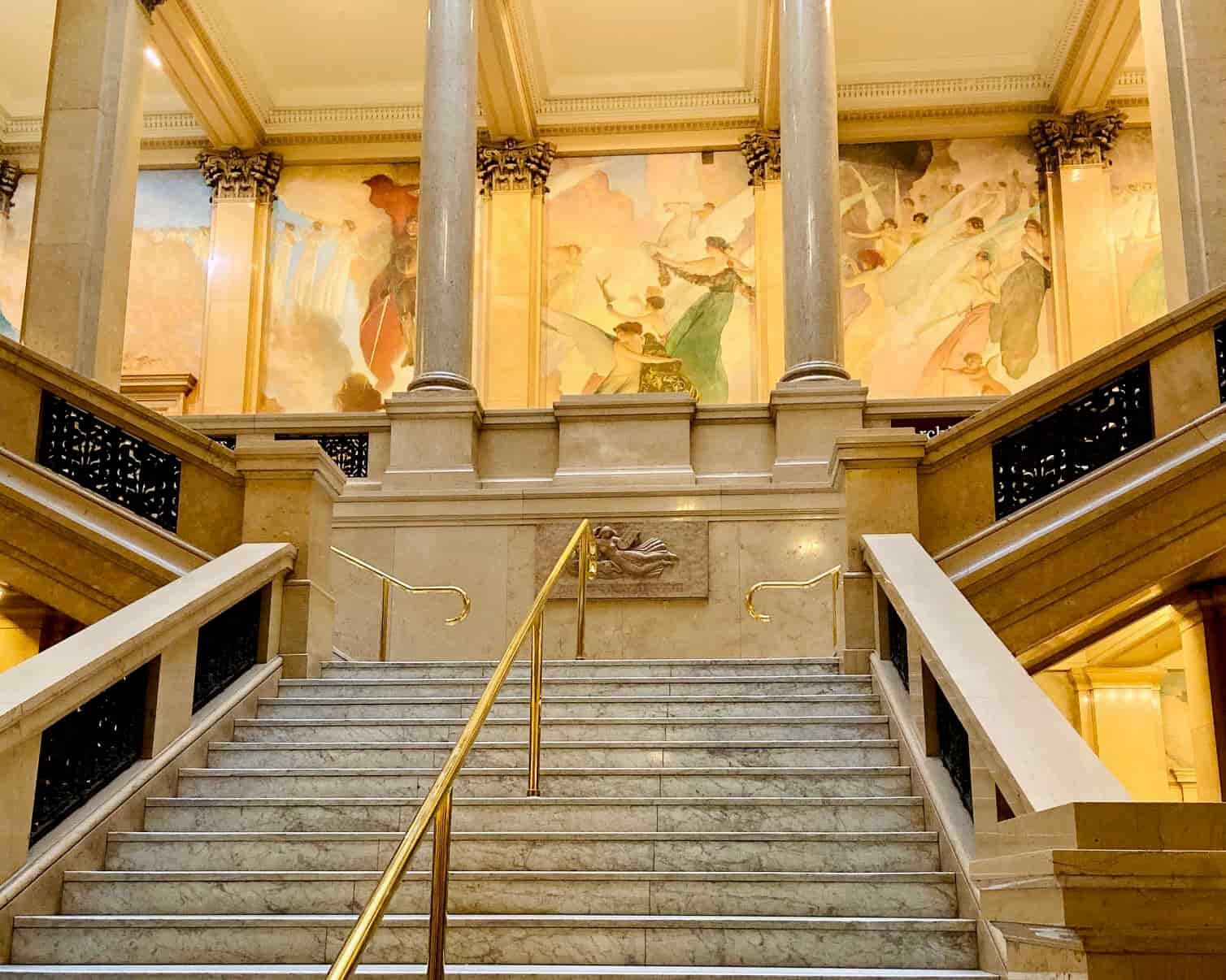
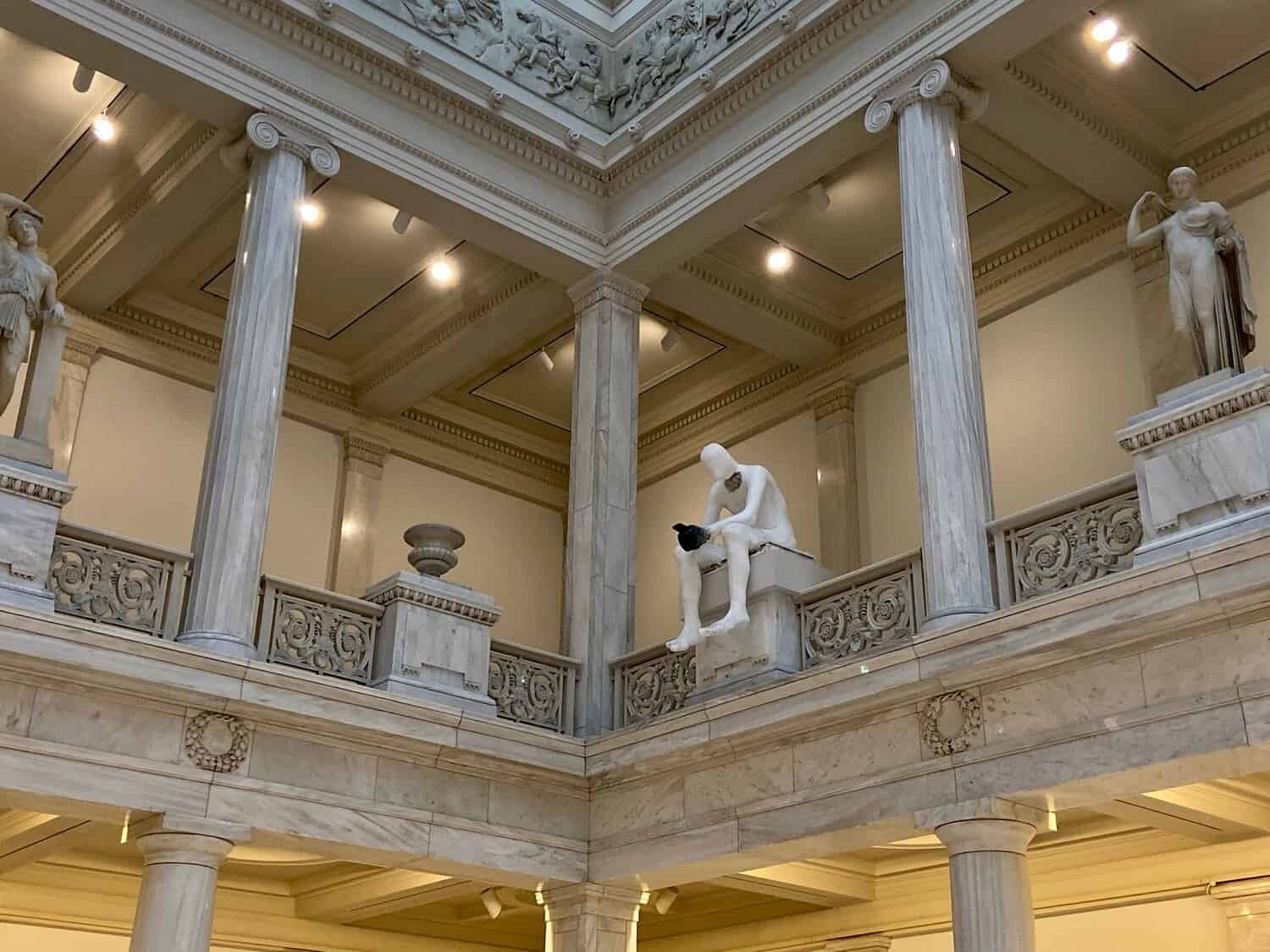
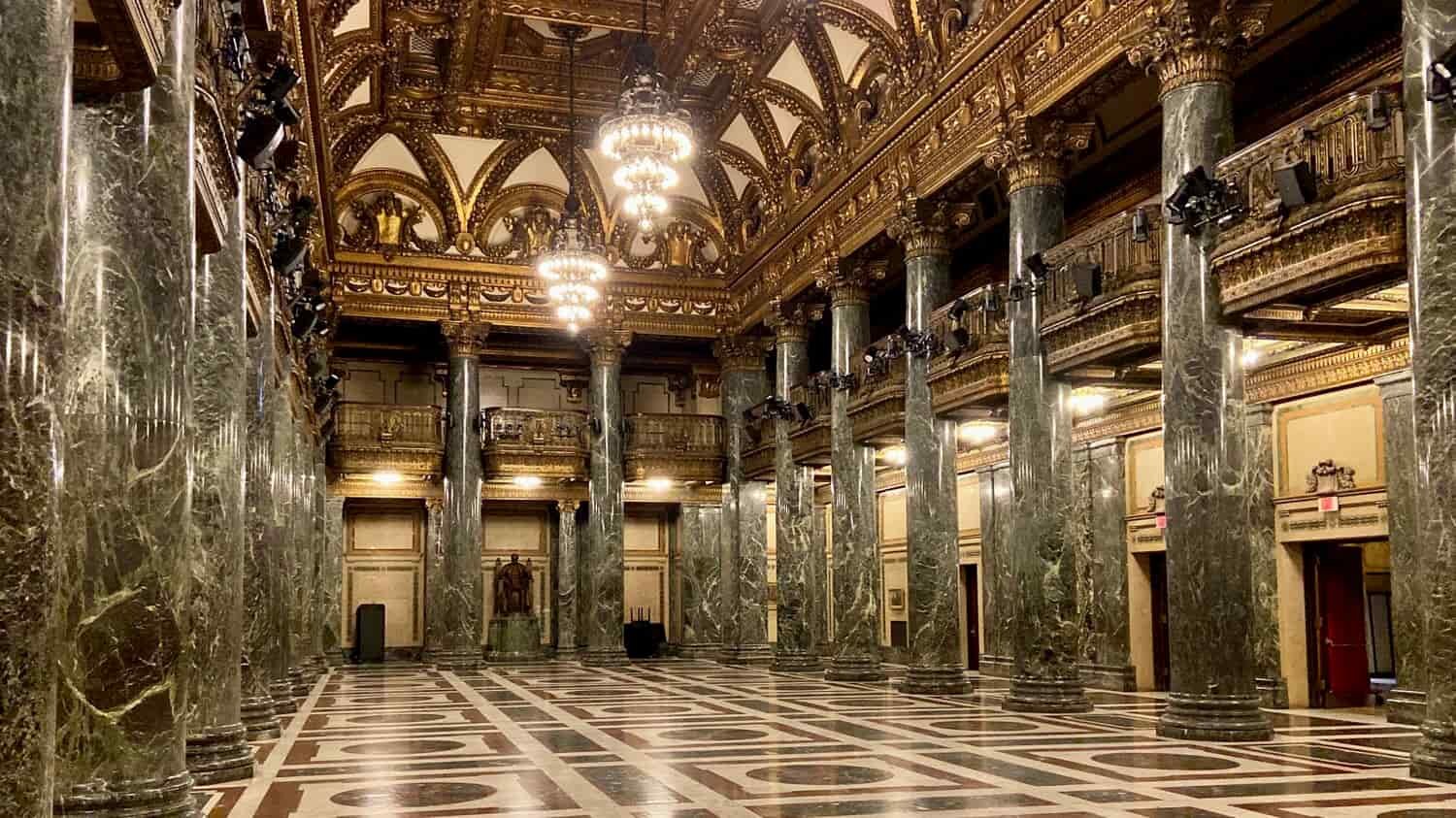
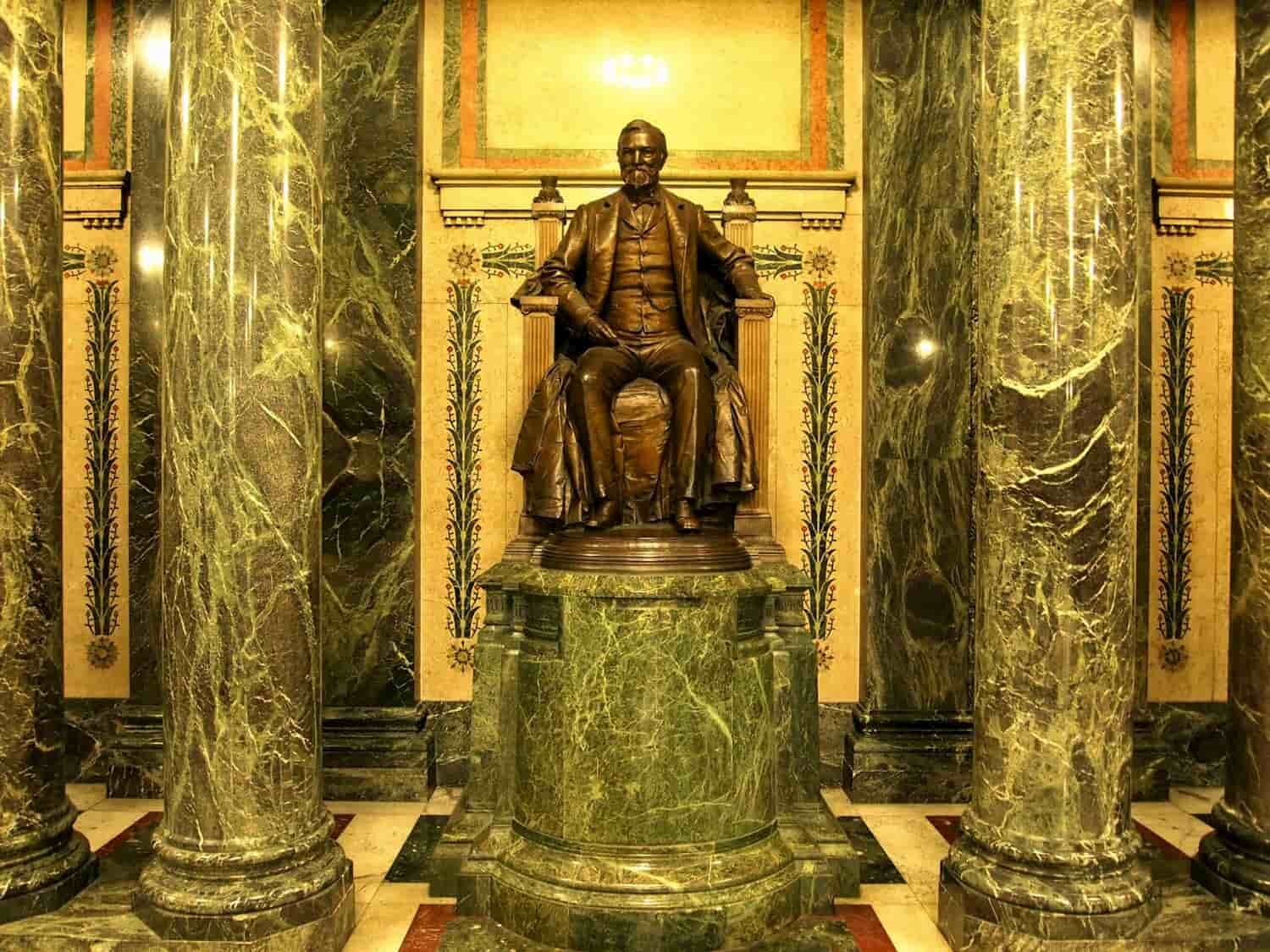
The Andrew Carnegie display at the Heinz History Centre.
Over the years Andrew Carnegie purchased numerous artefacts for his Pittsburgh museums and a few of his personal belongings have also ended up there (sadly none of them are on public display). Although Carnegie’s life story is not covered in the Carnegie museums displays, it is told by another museum in town - the Heinz History Centre. Apart from the Carnegie display at the Heinz, very few traces of Carnegie's personal life and business career in Pittsburgh remain. The houses in which he lived in have all been demolished over the years along with most of his steel mills.
However, his first mill, the Edgar Thomson Works still operates (in reduced capacity), giving a feel of what it was like to live in a city filled with billowing smoke. Carnegie’s name is no longer on the facade of the works but plaques and monuments in front of the buildings keep its story alive. In the Homestead neighbourhood a few other markers of Carnegie’s businesses survive, namely the battle site of the Homestead steel workers and the workers' union headquarters. A sombre yet significant footprint Andrew Carnegie left in Pittsburgh…
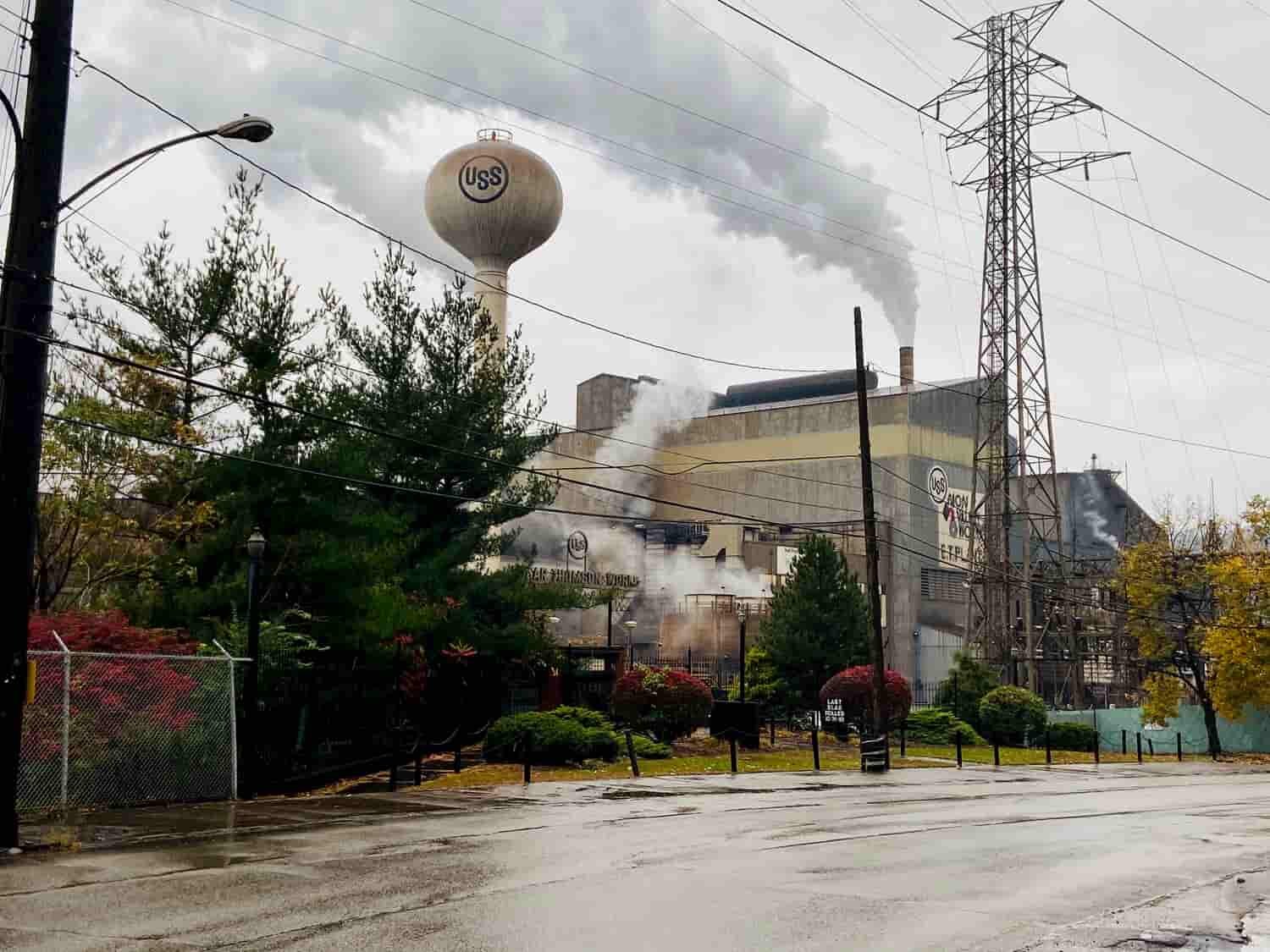

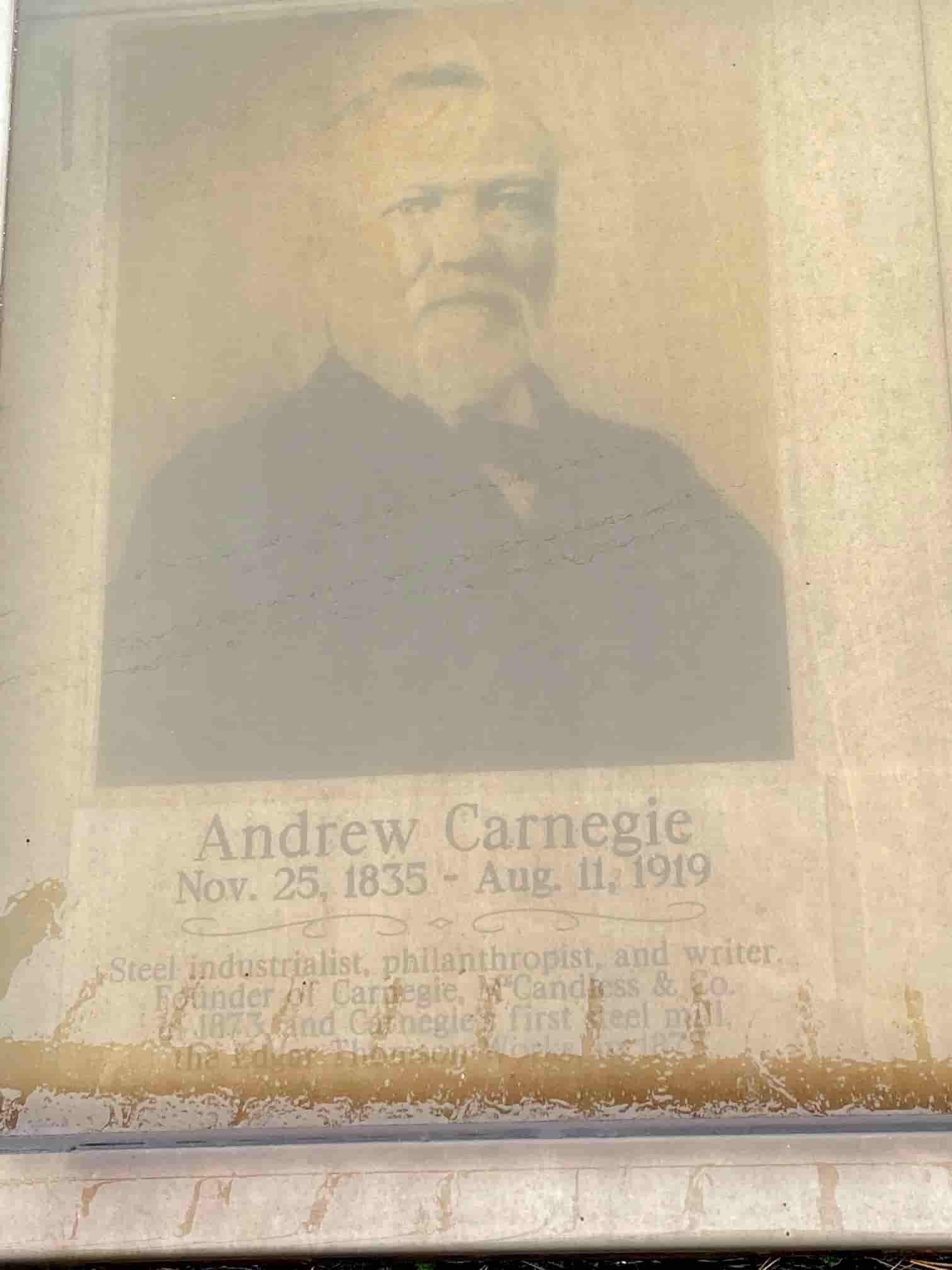

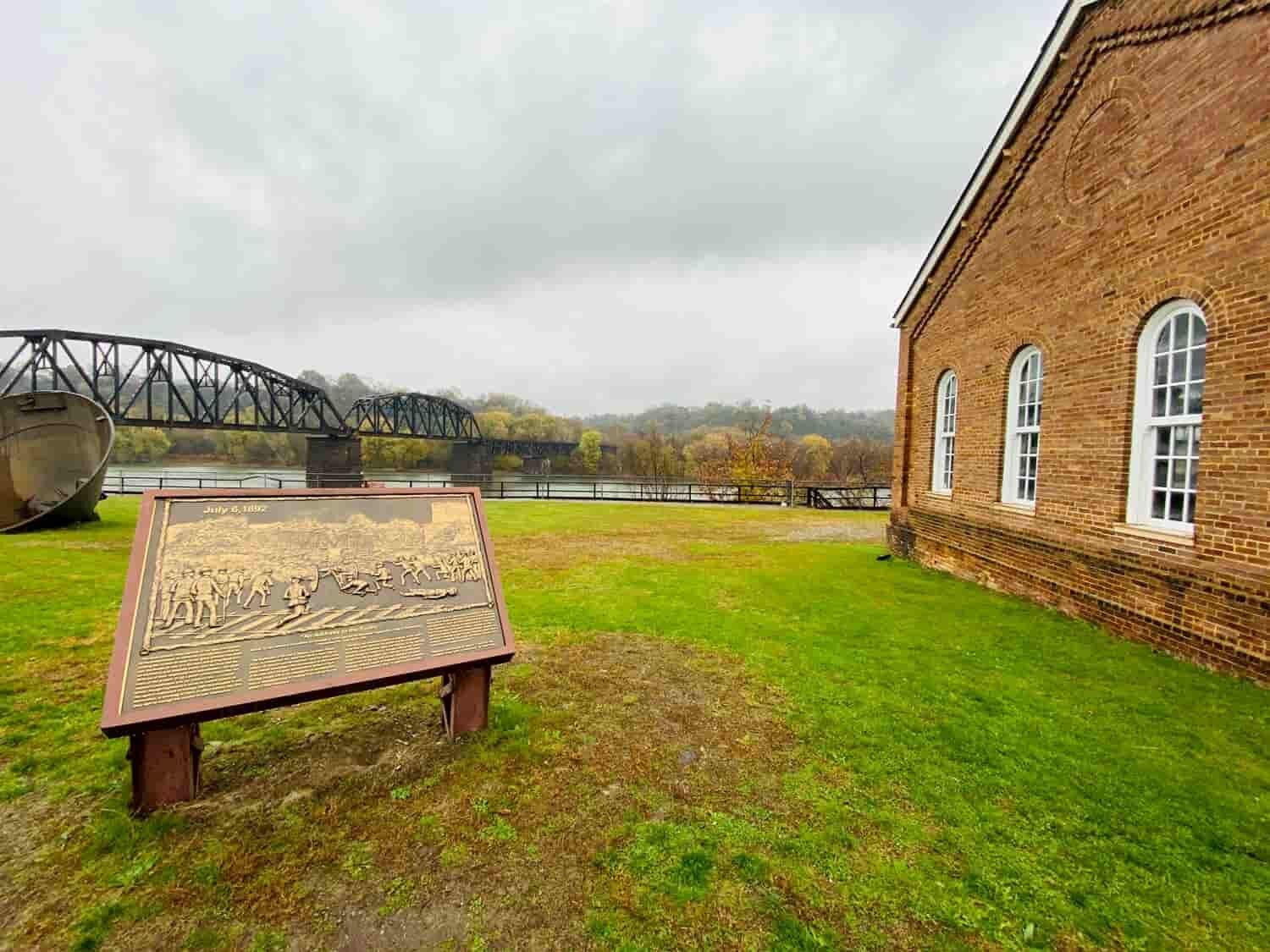
All the places I visited, people I met and stories I heard made me think about how different Pittsburgh would have been without this wee Scot, Andrew Carnegie, and how different Andrew Carnegie’s life would have been without the natural resources and the people of Pittsburgh which enabled him to set up his businesses! Traces of Carnegie’s life and legacy in Pittsburgh contain elements to be both sad and cheerful about. What is clear is how much people care about their communities and history. I left feeling inspired and full of new ideas some of which I hope to have conveyed in this little article.
Have you visited Pittsburgh? Were you impressed by what you saw there? If so, do leave a comment below!
Text and images by Kirke Kook (Curator/Manager)



